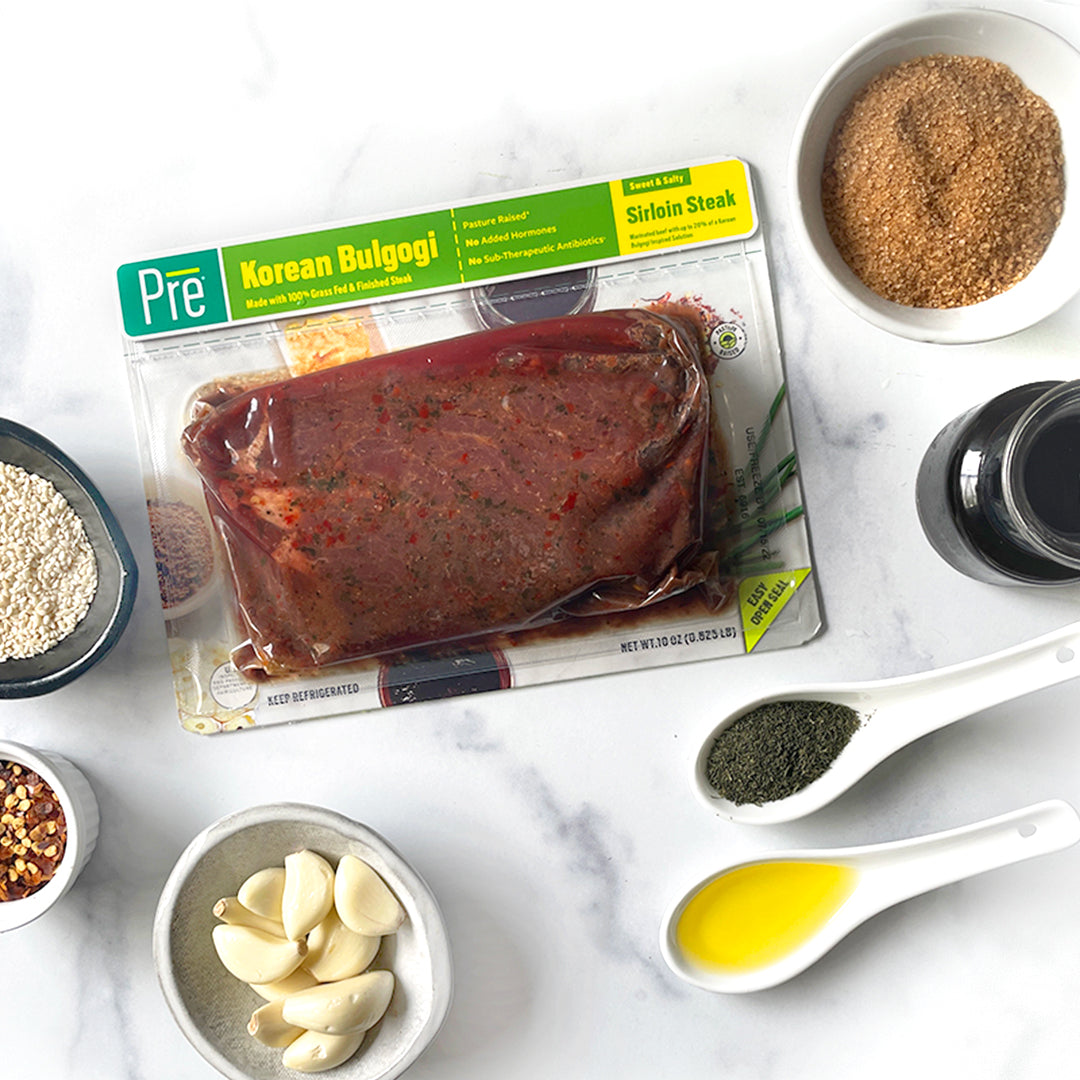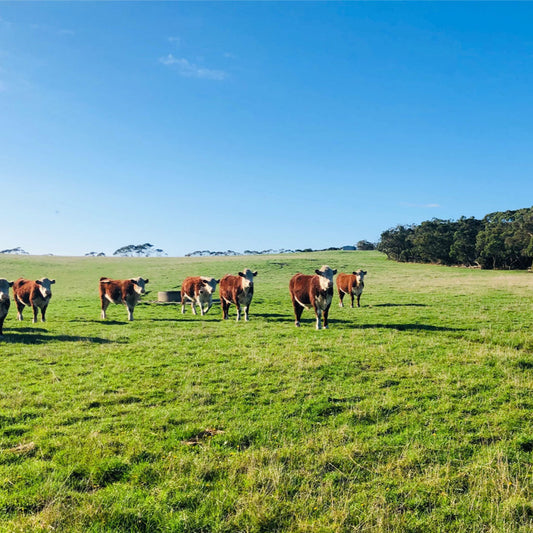
History of Korean Bulgogi
Although the delicious dish of Korean Bulgogi originates from Korea, it has been thoroughly enjoyed around the world. This staple Korean dish of thinly sliced beef is marinated in a unique blend of sauces and spices and has become a welcome addition in restaurants and homes across the United States. But where does this flavorful, luxurious dish originate? This blog goes into the history of Korean Bulgogi!
Early History and Origins
The term ‘bulgogi’ comes from Korea and translates to ‘fire meat’ as it was originally cooked using skewers on a hwaro grill. This ubiquitous meal’s early history and origin date back to the Goguryeo era (37 B.C. to 668 A.D.), when it was initially called maekjeok. Over time, maekjeok evolved into a brothier version of the dish. It was soaked in cold water and was called seoryamyeok. Then, seoryamyeok transformed to neobiani in the early 20th century. Neobiani is the marinated and charbroiled version favored by Korean royalty.
r
From 1910 to 1945, Korea was under Japanese rule, and serious beef shortages swept the nation. As a result, beef prices soared, and the prominence of the bulgogi dish waned. By the 1990s, however, the dish’s popularity rebounded. It is collectively known as one of the most popular foods in Korea today.

How to Enjoy Korean Bulgogi
As more and more Koreans immigrated to the Americas, they brought and introduced bulgogi to the United States. It is considered to be one of the best Korean food products to grace American shores. Bulgogi dishes continue to evolve across the country but perhaps in more subtle ways. In America, various bulgogi dishes are grilled. And some are even prepared on a stovetop in a skillet instead of on a grill. If you haven’t tried it for yourself, you’re certainly missing out! You can add bulgogi to virtually any dish. You can add it to a rice bowl or a salad or enjoy it more traditionally alongside banchan (traditional Korean side dishes). We have played around with our bulgogi marinaded sirloin steak to make some incredible dishes that complement its unique flavor perfectly.
r
If you’re cooking your own bulgogi, it all starts with choosing the proper cut of beef and marinating it with the correct not-so-secret sauce. Ribeye is the most common choice because of its tenderness and fat content; however, sirloin and brisket cuts would also produce an exquisite flavor. Regardless of which cut you choose, make sure it’s sliced super thin, and then marinate it in a blend of soy sauce, sesame oil, onion, garlic, ginger, sugar, Asian pear, and black pepper. Believe it or not, the Asian pear is crucial in obtaining the right flavor and consistency. Asian pears contain an enzyme called calpain which adds a touch of sweetness to the dish and tenderizes the meat to perfection.

Best Beef from Pre
Make your first or next Korean Bulgogi night even better when you choose grass-fed and finished beef from Pre. All our products come from farmers who raise cattle on pasture year-round. At Pre, we believe that food naturally tastes great when chosen with integrity and care. Order a ribeye cut for your Bulgogi from Pre today and experience a flavor like no other!


